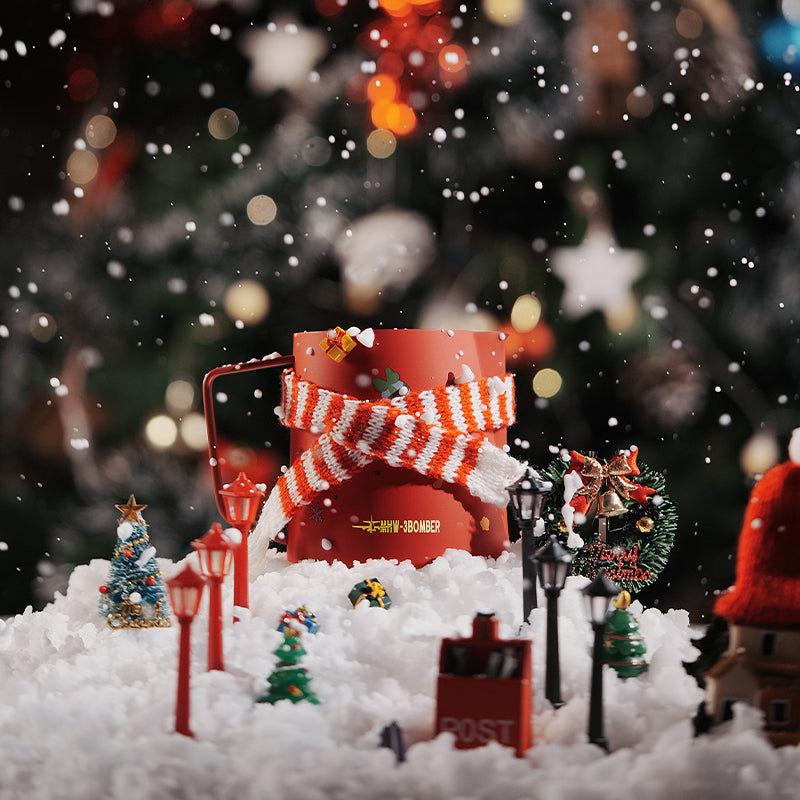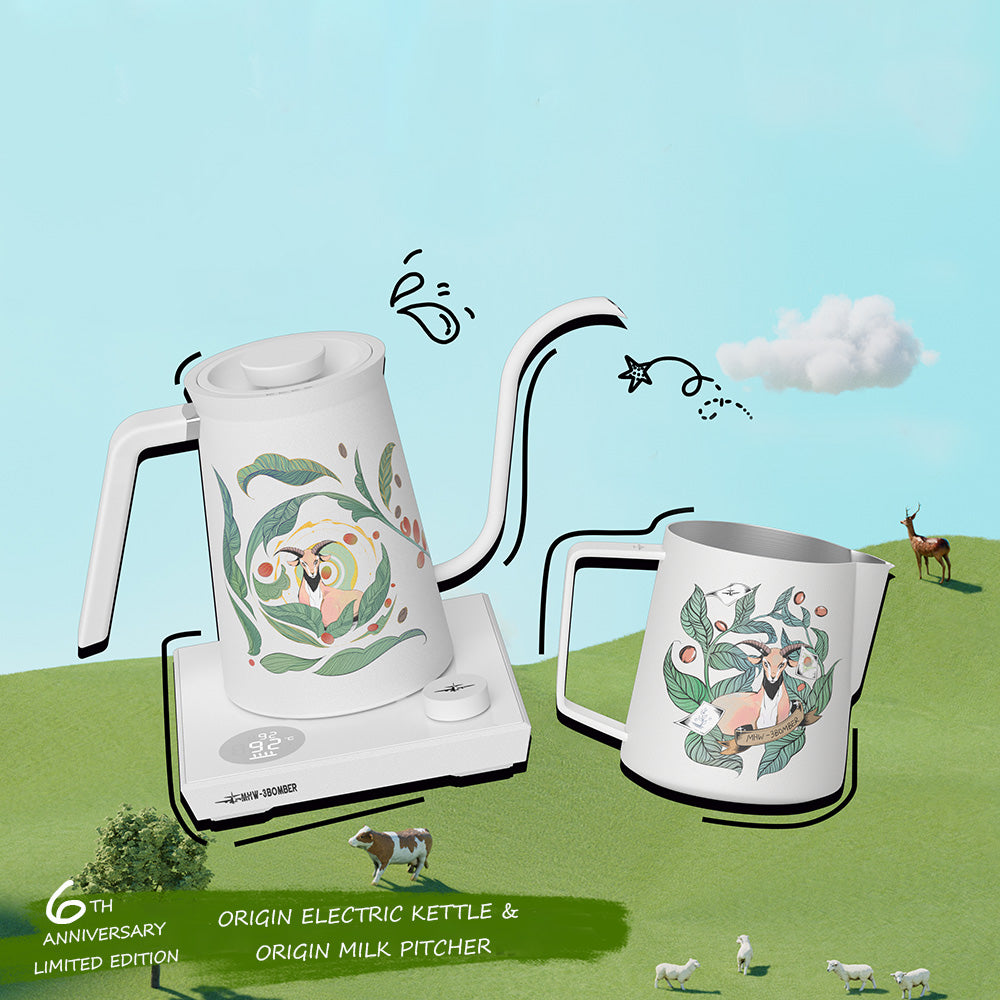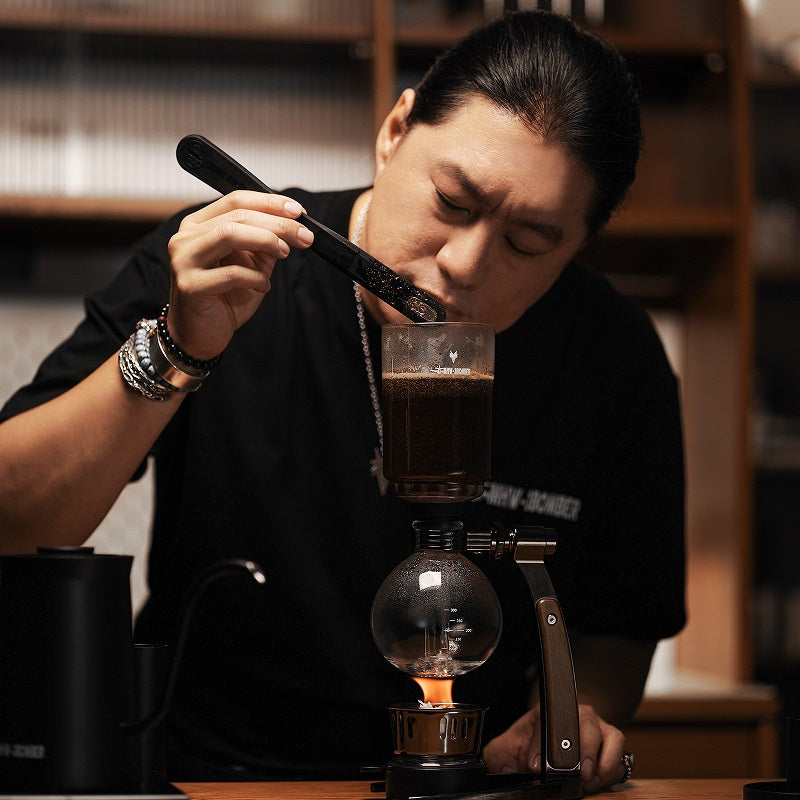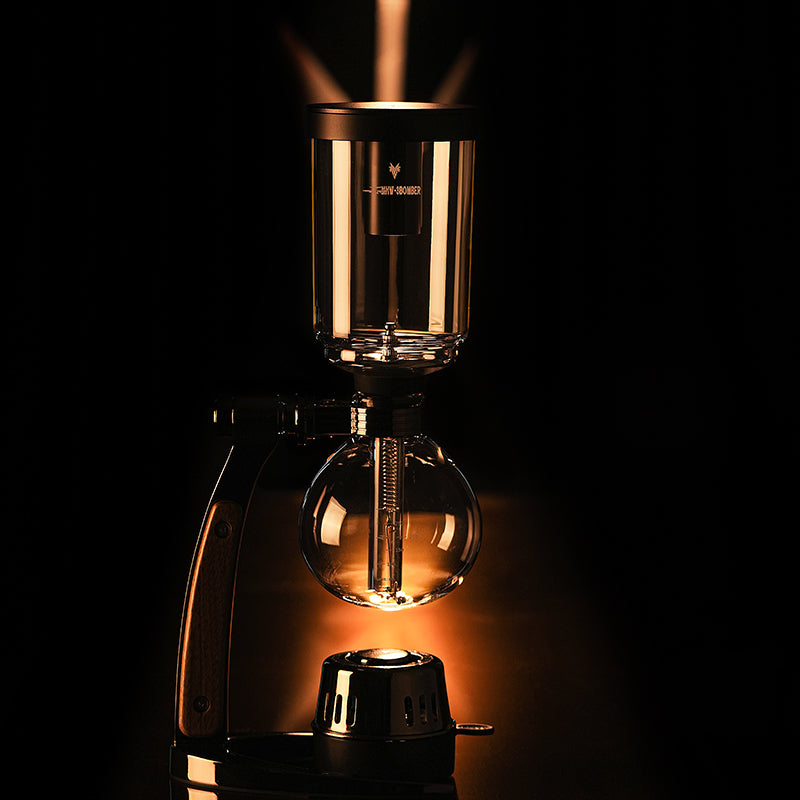
MHW-3BOMBER
Sept 23, 2024
Unraveling the Secrets of Specialty Coffee: A Beginner's Guide
Specialty coffee has become a buzzword among coffee enthusiasts, but what does it truly mean? In simple terms, specialty coffee refers to coffee of the highest quality, typically scoring 80 points or above on a 100-point scale by certified coffee graders, often referred to as "Q Graders." Specialty coffee is produced with a focus on exceptional quality from the farm to the cup, involving meticulous processes in farming, harvesting, roasting, and brewing. This attention to detail results in a coffee experience that is distinct, flavorful, and reflective of the bean's origin.
For many, stepping into the world of specialty coffee can be an exciting but overwhelming experience. Whether you're new to coffee or a long-time drinker looking to enhance your experience, this guide will unravel the secrets behind specialty coffee and provide you with tips to enjoy it at its finest.


Table of Content
- What is Specialty Coffee?
- Tracing the Journey of the Specialty Coffee Bean
- Tips to Maintain the Quality of Your Specialty Coffee
- How to Brew Specialty Coffee
- Conclusion
What is Specialty Coffee?
Specialty coffee is often misunderstood as a type of bean or roast, but it actually refers to the entire coffee journey from cultivation to brewing. It starts with the green coffee beans, which are typically grown in ideal climates such as the coffee belt, located between the Tropics of Cancer and Capricorn. These regions, including countries like Ethiopia, Colombia, and Kenya, provide the perfect altitude, soil conditions, and microclimates to produce high-quality coffee beans.
Once harvested, specialty coffee beans undergo strict sorting and grading processes to ensure that only the best beans are selected. Farmers and producers take great care to minimize defects and preserve the unique flavor profiles of the beans. After roasting, the beans are meticulously brewed to highlight their inherent flavors, resulting in a cup that boasts complexity, balance, and a distinct expression of its origin.
Tracing the Journey of the Specialty Coffee Bean
The journey of a specialty coffee bean begins at the farm, where farmers carefully cultivate coffee plants in specific regions known for their unique terroirs. Terroir refers to the environmental factors—such as climate, soil, and altitude—that impact the coffee plant's development. These factors contribute to the bean's distinct flavor profile, giving coffee from different regions unique characteristics. For example, Ethiopian coffee is known for its bright, fruity notes, while Colombian coffee often has a balanced acidity with hints of chocolate.
After the beans are harvested, they are processed using one of three main methods: washed, natural, or honey processing. Each method has a significant impact on the final flavor of the coffee. Washed coffees, for instance, tend to have a cleaner, brighter flavor, while natural-processed coffees are known for their fruity, bold profiles. Honey-processed coffees offer a balance between the two, combining sweetness with a bit of brightness.
Once processed, the beans are roasted to bring out their optimal flavors. Roasting transforms the raw beans, developing the sugars, acids, and aromatic compounds that contribute to the coffee's final taste. Roasters play a crucial role in ensuring that the beans are roasted to perfection, neither overdone nor underdone, so that the inherent flavors shine through.
Tips to Maintain the Quality of Your Specialty Coffee
Once you have your specialty coffee beans, it's essential to store and handle them properly to maintain their quality and freshness. Here are a few tips to ensure that every cup of specialty coffee you brew is as flavorful as possible
Buy Fresh
Always purchase freshly roasted beans. Specialty coffee is at its best when consumed within two to three weeks of roasting. Check the roast date on the packaging and aim to buy in small quantities to avoid staleness.
Store Properly
Coffee beans should be stored in an airtight container, away from light, heat, and moisture. Avoid keeping them in the refrigerator, as this can cause condensation and degrade the flavor. Instead, store them in a cool, dark place.
Grind Fresh
To maximize flavor, grind your coffee just before brewing. Whole beans retain their freshness longer than pre-ground coffee. A burr grinder is ideal for achieving a consistent grind size, which is crucial for an even extraction during brewing.
Use Quality Water
Since coffee is primarily water, the quality of your water has a significant impact on the taste of your brew. Use filtered water to avoid any off-flavors caused by chlorine or impurities.
Measure Correctly
Use a digital coffee scale to measure your coffee and water ratios accurately. A common guideline is to use 1 gram of coffee for every 15-18 grams of water, depending on your brewing method and taste preference.
How to Brew Specialty Coffee
When it comes to brewing specialty coffee, there are several methods to choose from, each bringing out different aspects of the coffee’s flavor. Here’s a breakdown of popular brewing methods:
French Press
The French press, or press pot, is known for producing a full-bodied, rich cup of coffee. The coarse grind of the beans and full immersion of the coffee in water extract the coffee oils, creating a thicker mouthfeel.
Steps: Add coarsely ground coffee to the French press, pour in hot water (just off the boil), stir, and let it steep for about four minutes. Then, press the plunger down slowly and enjoy.
Pour Over
The pour-over method highlights the clarity and brightness of the coffee, making it ideal for lighter roasts with more delicate flavor profiles. It requires a slower, more controlled pour to extract the coffee’s nuanced flavors.
Steps: Use a cone-shaped filter and pour hot water in a circular motion over medium-ground coffee. The slow brewing process allows for a clean, crisp cup with pronounced acidity and sweetness.
Espresso
Espresso brewing is all about pressure, which forces hot water through finely ground coffee to create a concentrated shot. Espresso is bold, intense, and serves as the base for popular drinks like lattes and cappuccinos.
Steps: Pack finely ground coffee into a portafilter, tamp it evenly, and lock it into the espresso machine. Press a button to start the extraction process, and within 25-30 seconds, you’ll have a rich shot of espresso.
Conclusion
Exploring the world of specialty coffee is a journey of taste and discovery. From understanding what specialty coffee is to mastering various brewing techniques, the key is to appreciate the unique flavors each bean offers. By following the tips to maintain your coffee's quality and experimenting with different brewing methods, you'll unlock the full potential of your specialty coffee experience. So grab your favorite beans, brew a fresh cup, and savor the extraordinary complexity of specialty coffee!
People Also Read
Have Any Questions?
We are here to answer all of your queries





